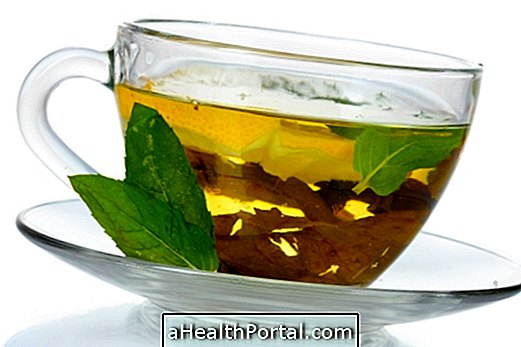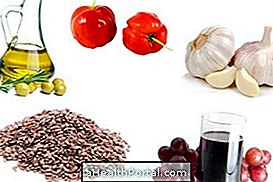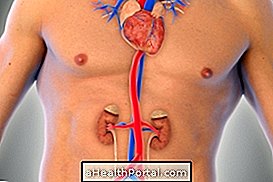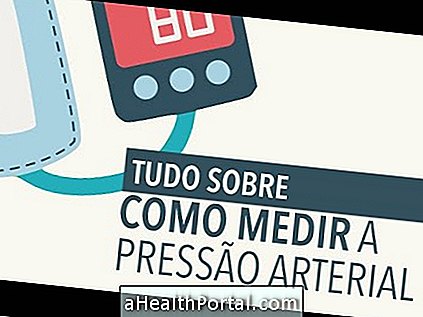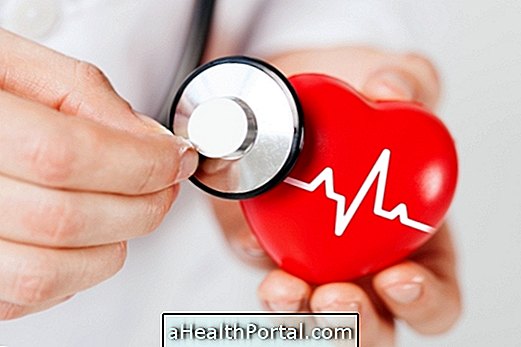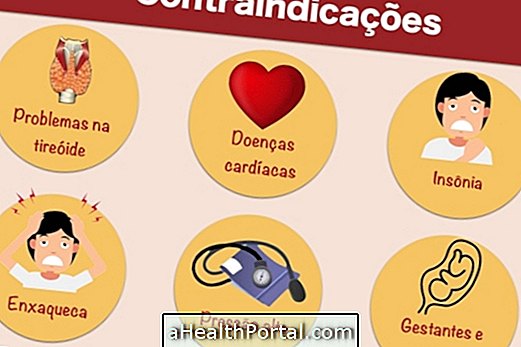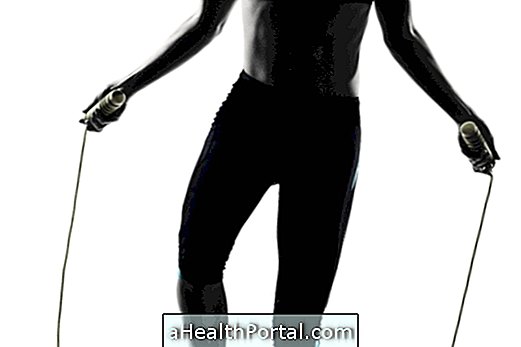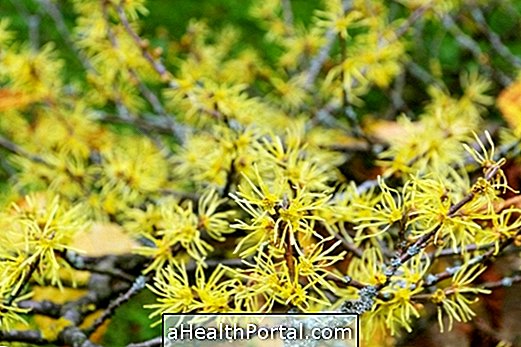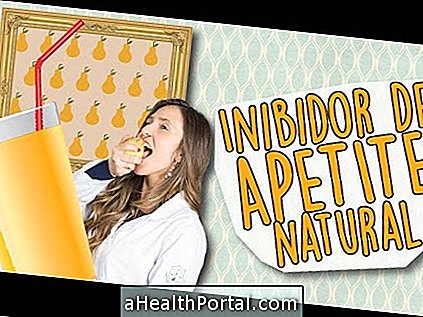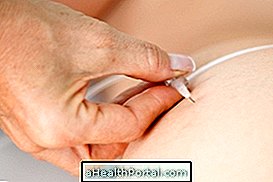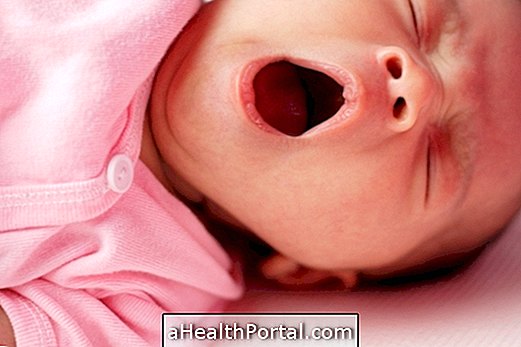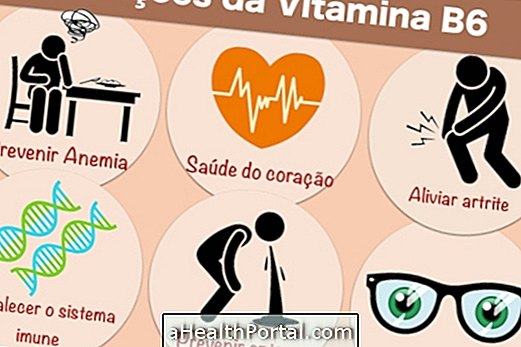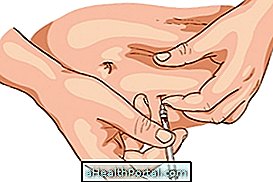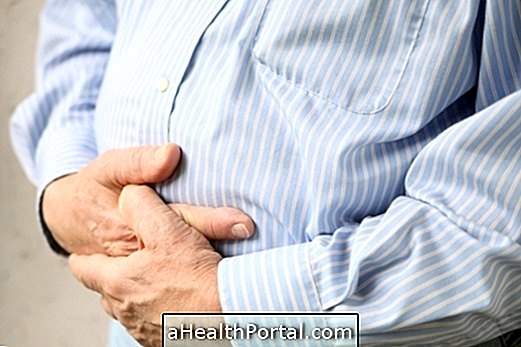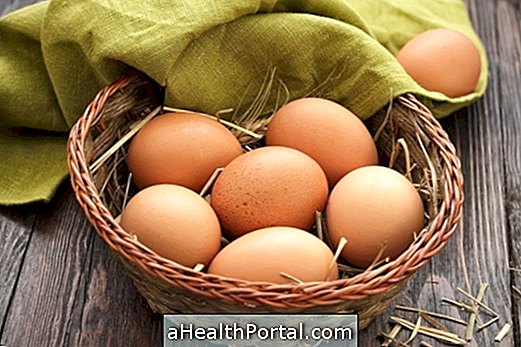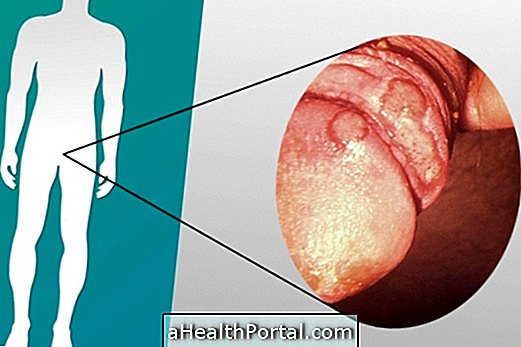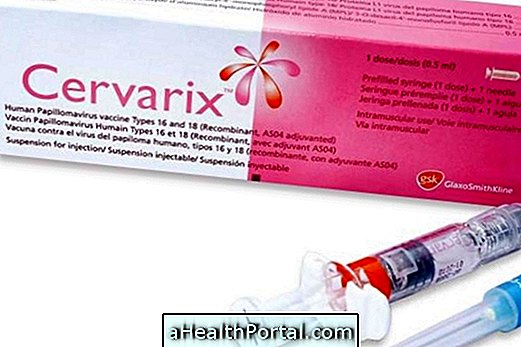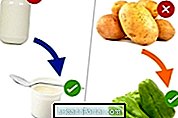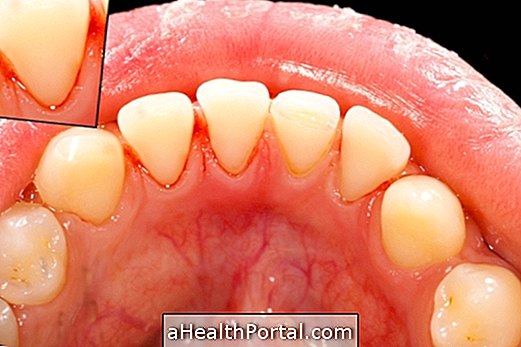VLDL is a type of cholesterol considered to be bad as is LDL because its high blood values lead to accumulation of fat in the arteries and plaque formation of atherosclerosis, increasing the risk of heart disease. Find out what the types of cholesterol are.
VLDL cholesterol is produced in the liver and its function is to transport the triglycerides into the bloodstream, which are fat molecules to produce energy in the cells. Thus, high cholesterol levels occur due to excess fat and carbohydrates in the diet, in addition to being overweight and lack of physical activity.
Reference values
The reference values for VLDL cholesterol are:
- Normal: 2 to 30 mg / dL;
- High: above 30 mg / dL.
This cholesterol is measured by blood tests, along with the other types of cholesterol, and although fasting is no longer necessary for this test, it is recommended by the laboratories to fast for 12 to 14 hours before taking the test . Here's how to understand the cholesterol test result.
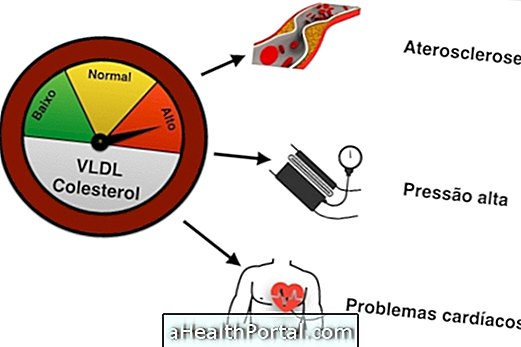
High VLDL Risks
High levels of VLDL cholesterol increase the risk of plaque formation and clogging of blood vessels, which can cause problems such as heart attack, high blood pressure and stroke.
This risk is even higher when the LDL values are also high, since this type of cholesterol also favors the appearance of cardiovascular diseases. Here are tips on how to lower bad cholesterol naturally in the following video:

Is low VLDL bad?
Having low levels of VLDL does not pose a health risk as it means that triglyceride and fat levels are low, which favors the health of the heart and blood vessels.
How to download VLDL
To lower VLDL, blood triglyceride levels should be reduced by eating a diet low in fat and high in fiber foods, as shown in the following table:
| What to eat | What not to eat or avoid |
| Chicken and fish, without skin | Red meats and fried foods |
| Milk and low-fat yogurt | Sausage, sausage, salami, bologna and bacon |
| White and light cheeses | Whole milk and yellow cheeses like cheddar, catupiry and dish |
| Fruits and natural fruit juices | Refrigerants and industrialized juices |
| Vegetables and greens, preferably raw | Frozen ready-to-eat food, powdered soup and seasonings like cubes of meat or vegetables |
| Seeds like sunflower, flaxseed and chia | Pizza, lasagna, cheese sauces, cakes, white breads, pastries and stuffed biscuit |
In addition, it is important to monitor your weight, do physical activity regularly, and see your doctor at least once a year to assess your heart health and see the need to take cholesterol-lowering medications.
Watch the following video and learn how to take a diet to lower triglycerides:

To help with control, see Homemade cholesterol-lowering medicines and recipes.
